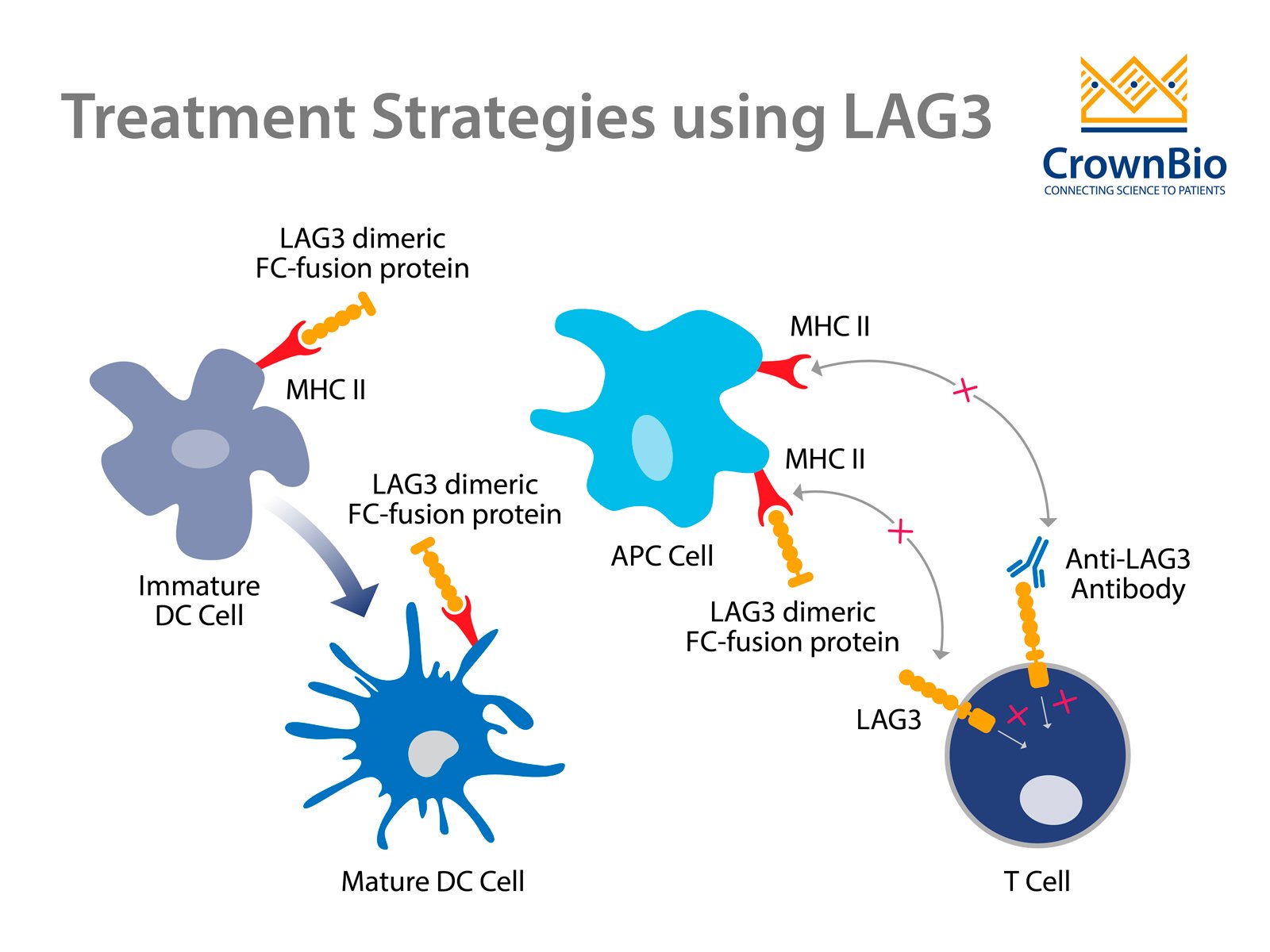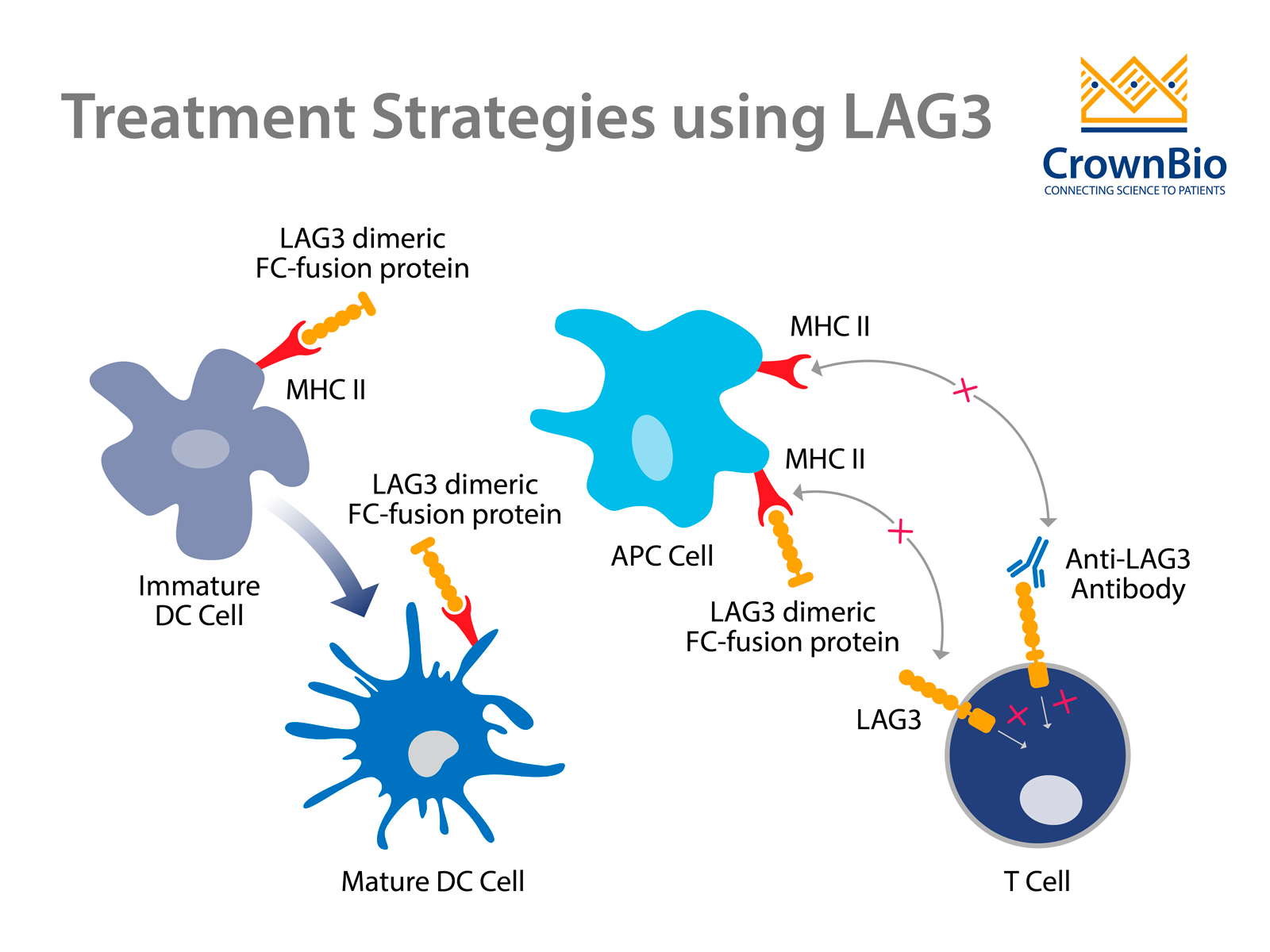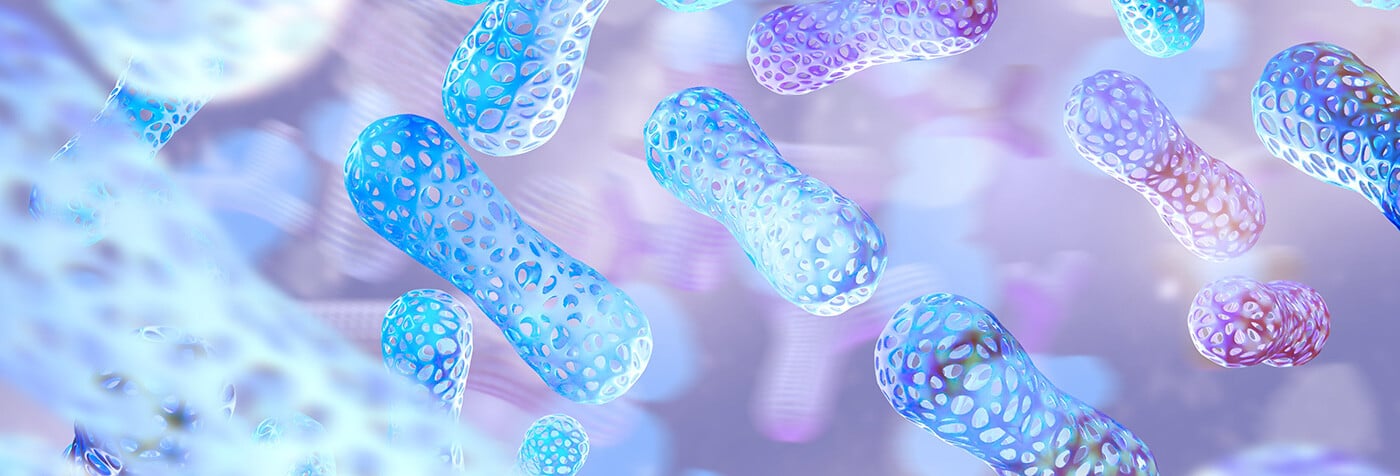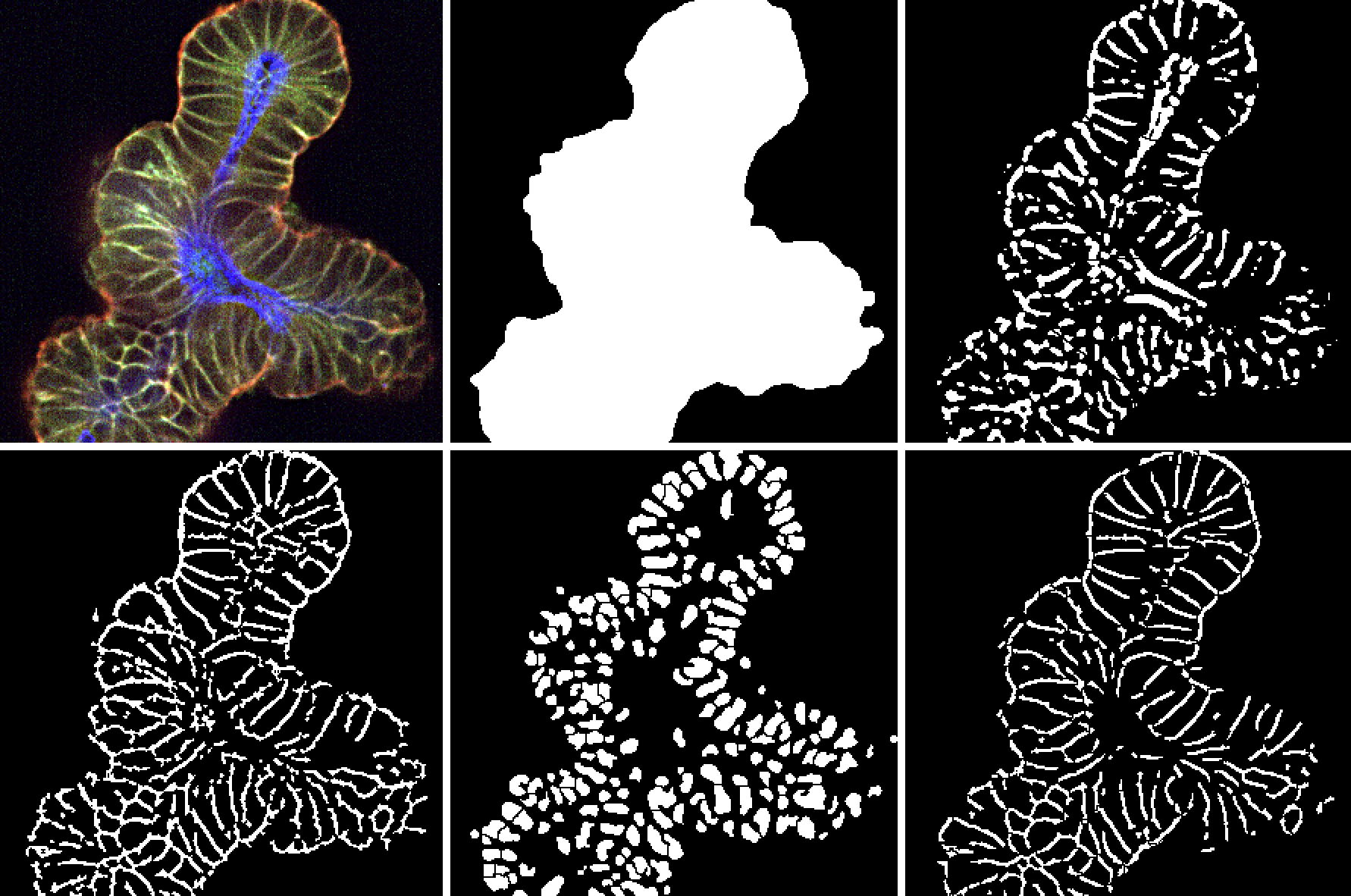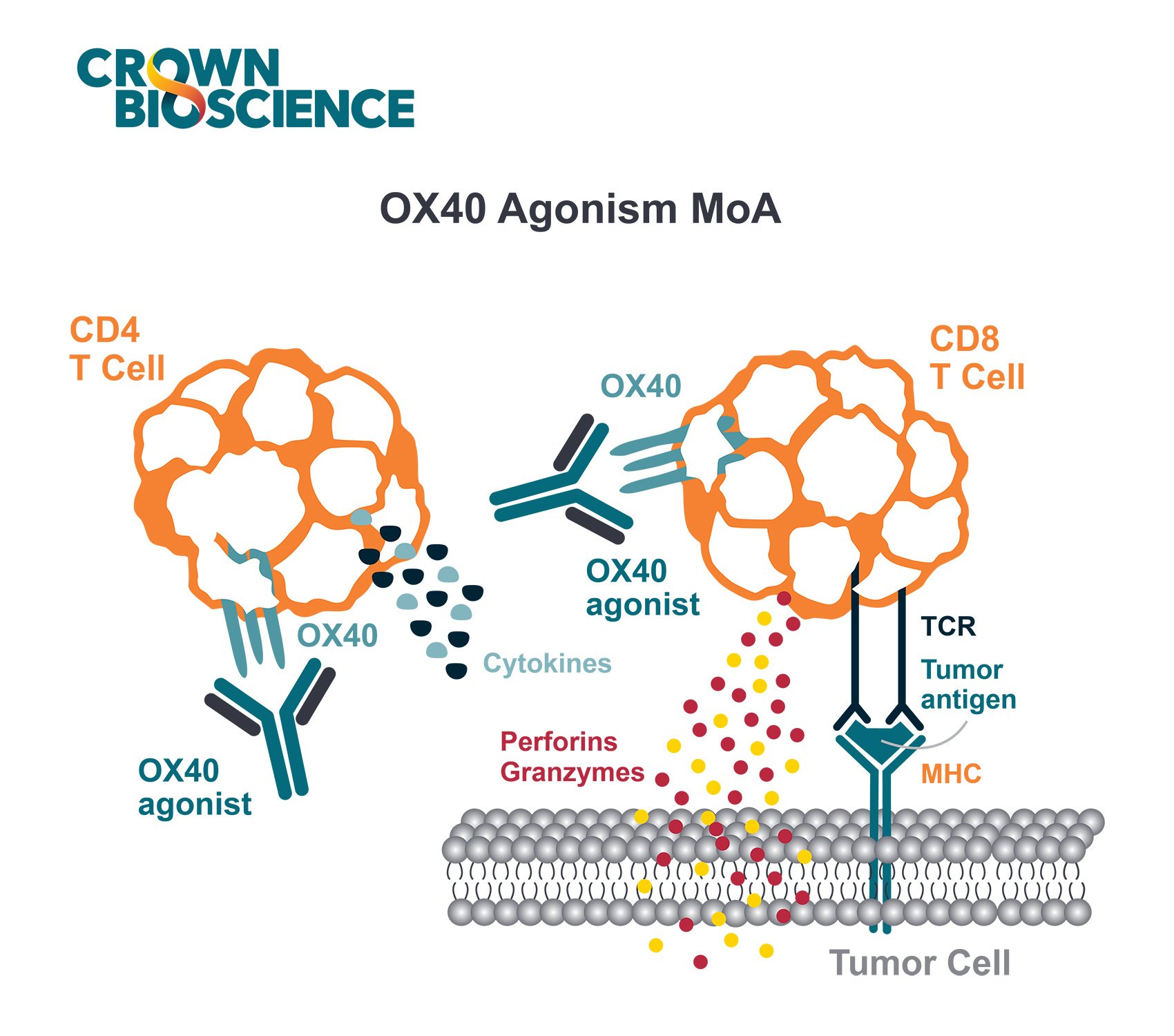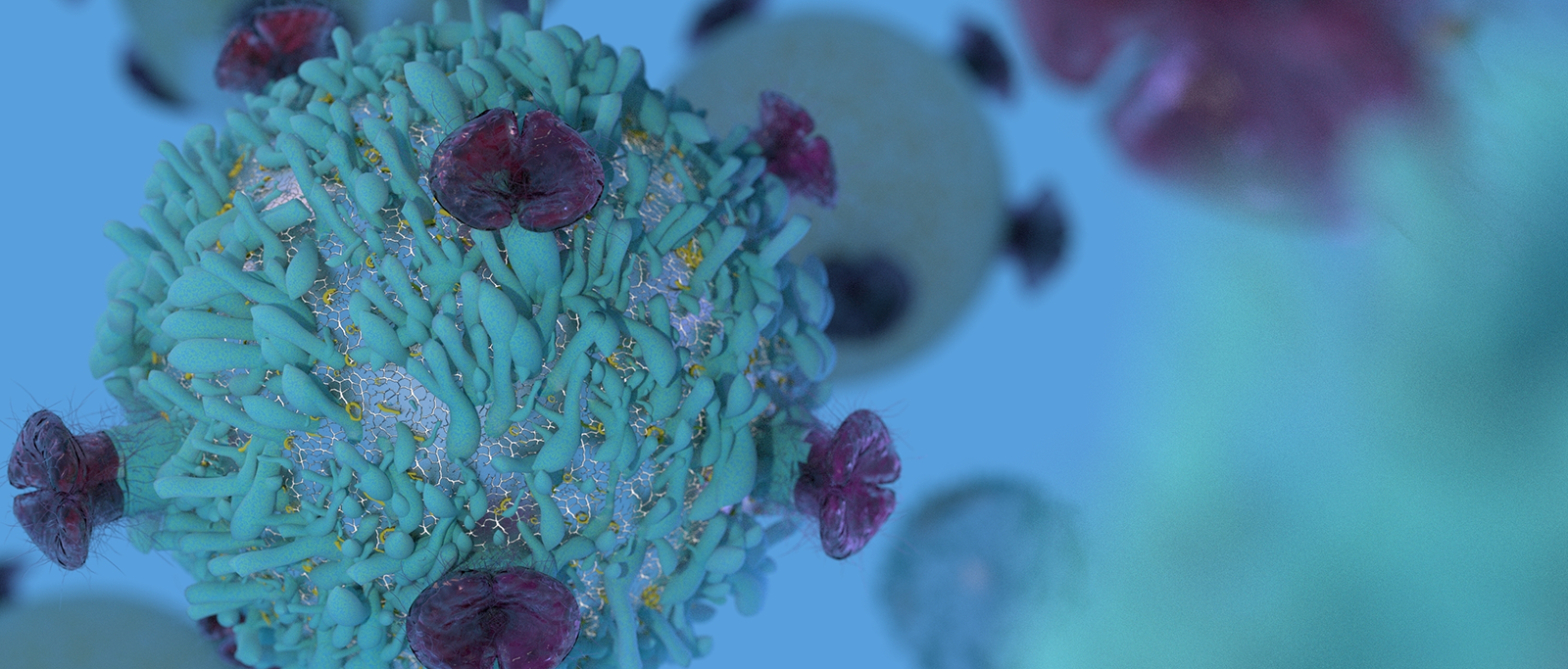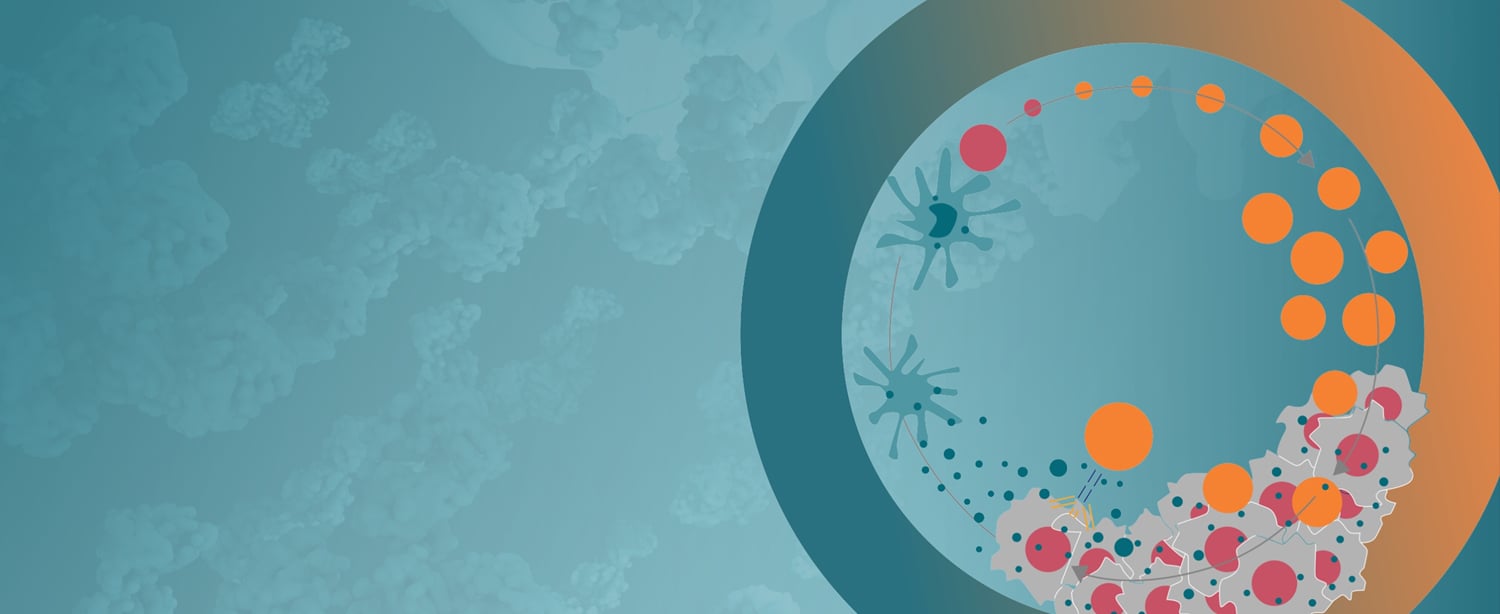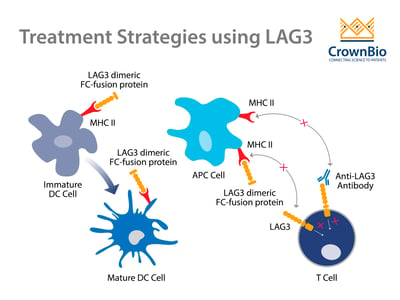 As we continue our discussion of the immune revolution in cancer therapy, we look at the benefits of targeting LAG3, an inhibitory pathway molecule.
As we continue our discussion of the immune revolution in cancer therapy, we look at the benefits of targeting LAG3, an inhibitory pathway molecule.
The Success of Immunomodulatory Agents
The immunotherapy revolution in oncology has improved the outcomes of many patients by enhancing the patient’s own immune system to fight cancer.
These immunomodulatory drugs target two classes of immune-related molecules:
- Those acting at inhibitory receptors, reducing the patient’s immune response.
- Those acting to stimulate the patient’s immune response.
Examples of molecules in the first class include, but are not limited to, immune checkpoint molecules such as CTLA-4, PD-1/PD-L1, LAG3, and TIM-3. Molecules like CD40, OX40, ICOS, and CD137 are examples of the second class, and are collectively referred to as co-stimulatory pathway molecules.
Immune Checkpoint Inhibitors
Immune checkpoints were the first to be targeted for therapy. A number of drugs targeting these molecules are already approved, with immune checkpoint therapy having proven itself a powerful strategy against various cancers.
This therapy typically takes the form of a blockade, where a single antibody is used to block the interaction between a particular targeted molecule and its receptor. Examples of this are the drugs approved for CTLA-4, and PD-1/PD-L1 blockade therapy.
Despite the impressive impact of the CTLA-4/PD-1/PD-L1 blockade strategy, many patients suffering from various cancers still fail to respond to these drugs. This has led to increased efforts in targeting other molecules in the inhibitory pathway, including LAG3.
In addition, since many patients have limited response to treatments targeting a single molecule, there’s a lot of ongoing preclinical and clinical activity looking at combination therapies.
How Inhibitory Receptors Mediate Autoimmunity and Promote Tumors
Inhibitory receptors, such as PD-1, TIM3, LAG3, and 2B4, counterbalance co-stimulatory receptor activity to control immune response. Inhibitory receptors limit cellular activation and therefore prevent autoimmunity, auto inflammation, and subsequent tissue damage.
It’s been shown that inhibitory receptors are upregulated shortly after T cell activation. Expression in mice peaks within 48 hours and declines by day eight. Persistent T cell activation, as typically seen in tumors and chronic viral expression, leads to prolonged upregulation of inhibitory receptors. This results in a state of T cell dysfunction and exhaustion.
Tumors take advantage of these immune checkpoint mechanisms by promoting an environment that leads to the upregulation of inhibitory receptors, and therefore the subsequent exhaustion and tolerization of T cells. This leads to functional impairment of T cells, as shown by reduced proliferation, cytokine release, and tumor-killing activity.
This is one of the strategies that tumors employ (along with others), such as the recruitment of regulatory T cells to prevent its elimination by the immune system. This resulting immune tolerance has been the subject of immunotherapy approaches that aim to reverse T cell exhaustion. Targeting inhibitory receptors acts “to release the brakes” and allow rejuvenated cytotoxic T cells to attack tumors (the immune checkpoint inhibitor strategy).
The Role of LAG3
Lymphocyte Activation Gene-3 (LAG3; CD223) is a member of the Ig superfamily of proteins. It’s a type 1 transmembrane protein and was discovered on activated human NK and T cells. In addition to these cell types, it’s also expressed on activated B cells and plasmacytoid dendritic cells.
LAG3 binds to MHC class II, reportedly at up to 100-fold higher affinity than CD4. Other speculative ligands for LAG3 are galectin-3 and liver sinusoidal endothelial cell lectin (LSECtin), and it’s possible that other ligands are still to be discovered.
LAG3 plays a role in T cell proliferation and activation as a negative regulator of these processes. LAG3, along with other inhibitory receptors, helps to keep cytotoxic CD8+ T cells in an exhausted state during highly inflammatory environments such as a chronic viral infection. LAG3 has also been implicated in memory T cell expansion, Treg function, and the activation and maturation of dendritic cells.
LAG3 in Immuno-Oncology
For oncologic applications, there are two main strategies being employed in targeting LAG3.
- Use of a soluble dimeric FC-fusion protein consisting of four LAG3 extracellular domains (IMP321, Immutep). This strategy is intended to activate antigen presenting cells.
- Use of antagonistic antibodies against LAG3. This strategy is akin to the typical checkpoint inhibitor strategies employed with PD-1/PD-L1 blockade.
Using Soluble LAG3 to Activate APCs
IMP321 interaction with MHC class II on DCs upregulates CD80/CD86, which are involved in T cell priming. The stimulation of DC with IMP321 also leads to the production of chemokines (CCL22, CCL17) that lead to migration of CD4+ and CD8+ cells to secondary lymphoid organs for priming. IMP321 may also activate CD8+ T cells via maturation of DCs.
So far, IMP321 has not shown overwhelming efficacy as a monotherapy, but there may be interest in pursuing this strategy in combination therapy.
Antagonistic Antibodies against LAG3
In addition to activating effector T cells, antagonistic LAG3 antibodies can also inhibit Treg suppressive activity. This dual mechanism of action makes LAG3 an interesting target for checkpoint inhibition, since other checkpoint targets (such as PD-1/PD-L1 and CTLA-4) only activate effector T cells.
Several antibodies against LAG3 have been tested, both preclinically and clinically. There are ongoing clinical trials looking at the efficacy of anti-LAG3 antibodies as single agents or in combination with other checkpoint inhibitors.
There’s also interest in combination strategies, with ongoing clinical trials with LAG3 in combination with anti-PD1, anti-CTLA4, IDO1 inhibitors, chemotherapies, and chemoradiation. There’s also a LAG3 x PD-1 bispecific under development.
Summary
Inhibitory pathways molecules were the first class of the current I/O therapies to be approved. CTLA-4, PD-1, and PD-L1 defined what are known as the checkpoint inhibitors and have been shown to be successful.
LAG3 is another checkpoint inhibitor member that has a dual mechanism of action on the immune system. This makes LAG3 a very attractive therapeutic either as monotherapy or in combination with other therapeutic agents (mainly other checkpoint inhibitors).
Further Reading
- Long et al. The promising immune checkpoint LAG-3: from tumor microenvironment to cancer immunotherapy. Genes Cancer 2018;9(5-6): 176-89.
- Andrews et al. LAG3 (CD223) as a cancer immunotherapy target. Immunol Rev 2017;276(1): 80-96.
- Lichtenegger et al. Targeting LAG-3 and PD-1 to Enhance T Cell Activation by Antigen-Presenting Cells. Front Immunol 2018;9: 385.
- Granier et al. Mechanisms of action and rationale for the use of checkpoint inhibitors in cancer. ESMO Open 2017; 2(2): e000213.

